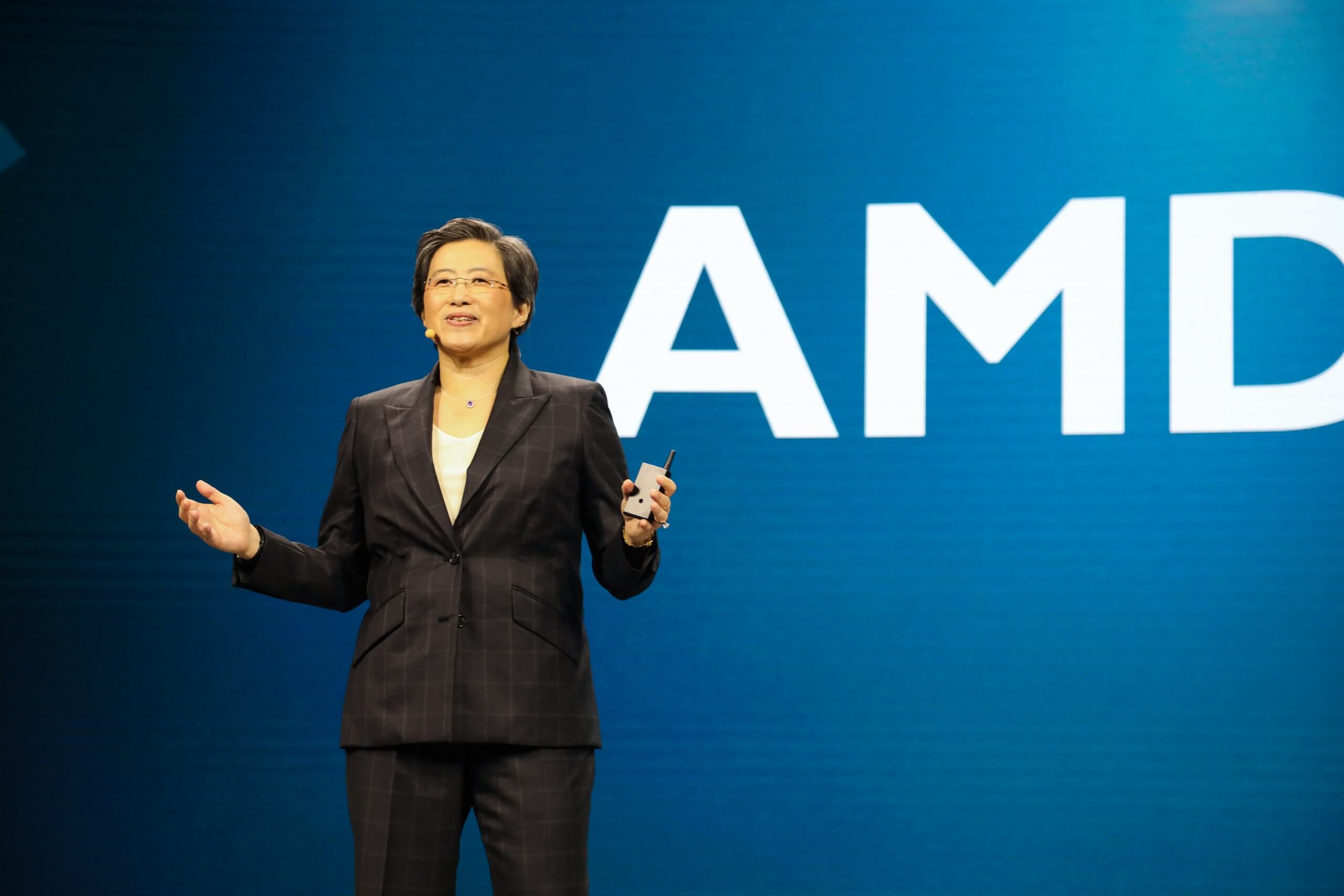A month ago, AMD released a smattering of mobile pieces to immediate success. Now they're prototyping the same hardware in desktop form: Renoir, fully unlocked and power hungry.
Renoir is AMD's newest product. It is a monolithic APU; it pairs eight Zen 2 cores with eight Vega compute units (equivalent to 512 shaders) on one die. Subsequently, it's a little pricier than other recent Ryzen releases, but it's also very efficient which has made it an excellent choice for laptops.
Renoir-based products stretch from 4-core, 4-thread pieces boosting up to 3.7 GHz to 8-core, 16-thread behemoths that spike up to 4.2 GHz. But limited by the cooling potential and power delivery of a laptop, we're yet to see exactly how far Renoir can be pushed.
Soon that could change. A Renoir-based processor, codenamed "100-000000149-40_40/30_Y" has been found in Userbenchmark's database. According to its codename, it should operate with a 3.0 GHz base clock and a 4.0 GHz boost clock, and during the Userbenchmark trial, it did. Its scores were about 5% above the average 4800H result which is the highest performing mobile Renoir piece. As an engineering sample, however, it is likely to be an underperforming member of its species.
Renoir Desktop
--- _rogame (@_rogame) May 8, 2020
Two chips are being tested
> 3.5GHz CPU, 1750MHz iGPU
> 3GHz CPU, 1750MHz iGPU (likely the 8C Eng Sample: 100-000000149-40_40/30_Y from Userbenchmark)
I believe both are 8C
While Userbenchmark is a very poor metric of performance, it did outpace the 3400G, the current desktop Ryzen APU, by about 20% core-for-core. But the 3400G has only four cores while Renoir has eight so a fully unlocked Renoir piece should easily trounce its predecessor.
"We've actually done a tremendous amount of optimization around these graphics cores... they have 59% more performance than the previous generation."
Indeed, where Renoir will sit within AMD's desktop lineup poses an interesting question. APUs are generally affordable alternatives to CPU + discrete GPU combos but at eight cores, a flagship Renoir piece would offer CPU performance that's about what a typical power user would require. At the same time, its GPU component - while very capable for an APU - won't stand up to AAA gaming or heavy rendering workloads.
